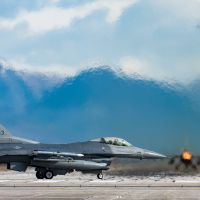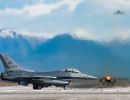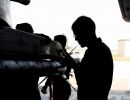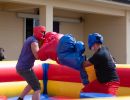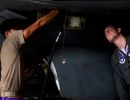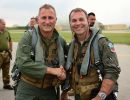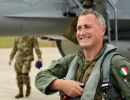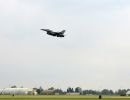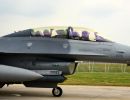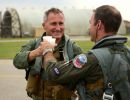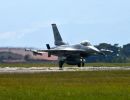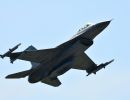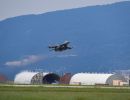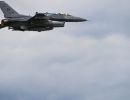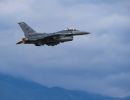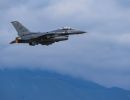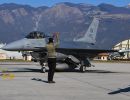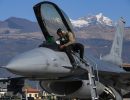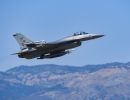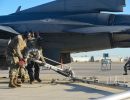Yet a group of Aviano, Italy-based F-16 pilots flying Operation Northern Watch with 510th Fighter Wing is using the single-engine tactical fighter to take pressure off the twin-engine A-10 in combat search-and-rescue missions.
“The reason is, there just aren’t enough A-10s,” said Maj. Curt Miller, chief of wing standards evaluations for the Aviano-based 31st Fighter Wing.
Because of the military draw down, “there are fewer of them then there were 10 years ago,” Miller said.
Of the original 721 A-10s built, only about 300 of the planes, affectionately known as Warthogs, are still flying, according to Air Force documents.
By comparison, the F-16 is the largest production fighter in history, with about 4,000 built for the U.S. Air Force alone since 1979. Twenty-one other air forces also fly the F-16.
The 510th has spent the last six months training a handful of its most experienced F-16 pilots to fly ONW combat search-and-rescue missions out of Incirlik Air Base in southeastern Turkey, Miller said.
“We got the more experienced guys trained for the mission … just because it’s an additional mission. A young guy has enough on his plate already.”
In ONW, which may send 40 or 50 aircraft into Iraq for surveillance missions, F-16s carry two roles. They work as tactical fighters and attack enemy air defenses with electronic jamming and anti-radar missiles. By taking on search-and-rescue missions as well, F-16 pilots can reduce the frequency of A-10 deployments into assignments such the U.N.-mandated no-fly missions.
Miller declined to discuss in detail what happens when a pilot goes down in enemy territory, or the additional search-and-rescue training 510th pilots underwent.
Basically, combat search-and- rescue pilots locate downed crews and then coordinate their recovery, all the while staying near the downed crewmembers to protect them and the recovery team.
“No question. We go about it in different ways, but we are extremely effective in carrying out that role,” Miller said.
Each aircraft has different strengths, the supersonic F-16’s being precision guided munitions.
The heavily armed A-10, the first Air Force plane built specifically for close-air support, can do only about 400 mph. But it’s deadly against ground forces, with 11 weapons platforms for a variety of bombs, missiles and guns.
The A-10 goes in low and slow, “and we may not do that,” Miller said of the Fight Falcons. “Our biggest strength is laser-guided bombs.”
The 510th search-and-rescue pilots replaced the 75th Expeditionary Fighter Squadron A-10s, which returned to Pope Air Force Base in North Carolina in early June.
Aviano-based pilots from the 555th Expeditionary Fighter Squadron will relieve the 510th in the fall.


